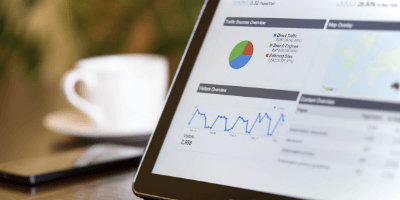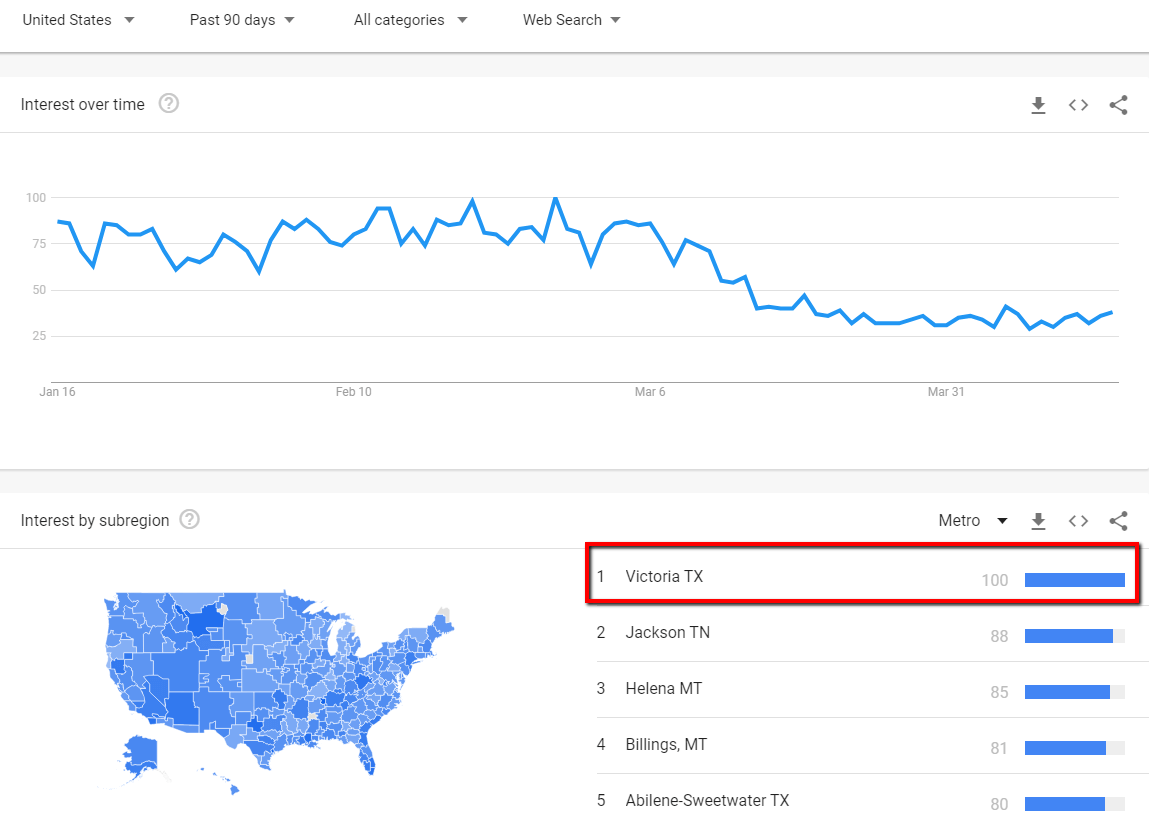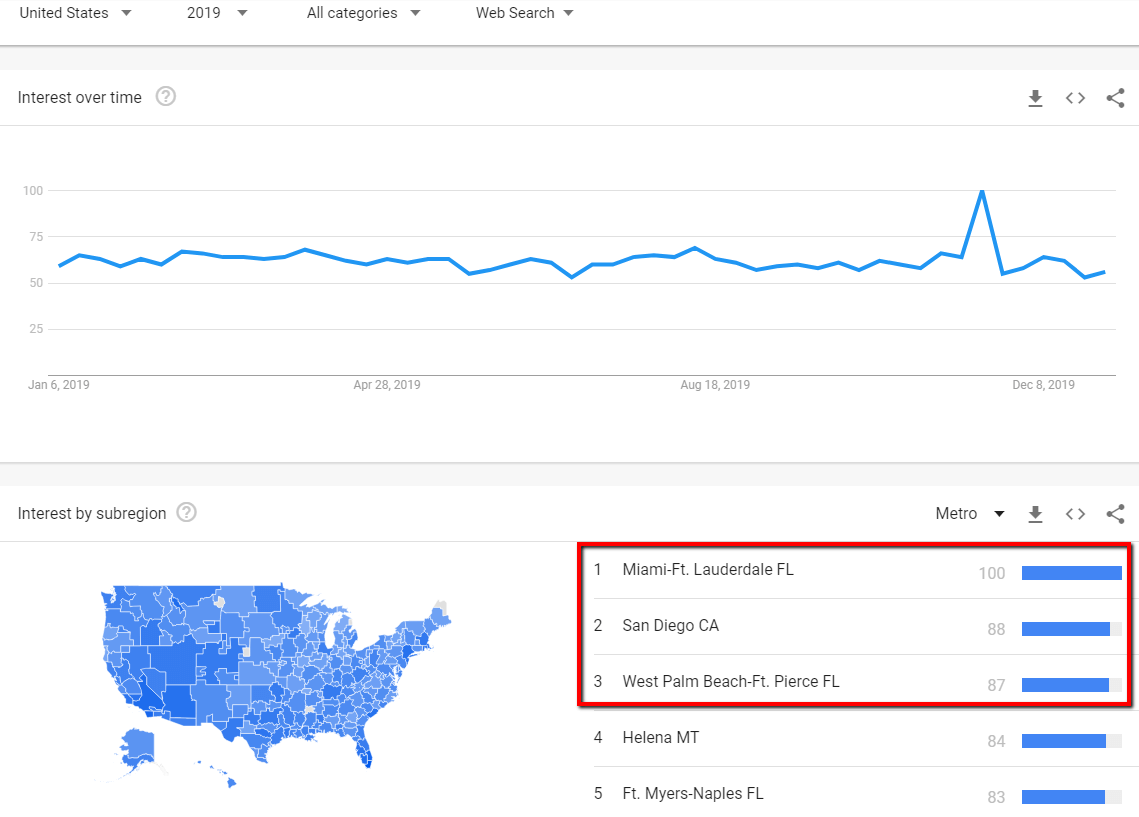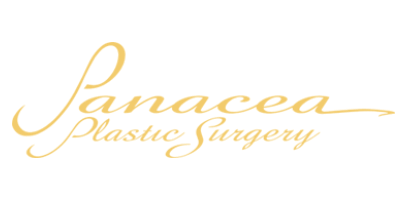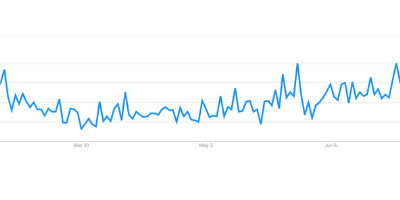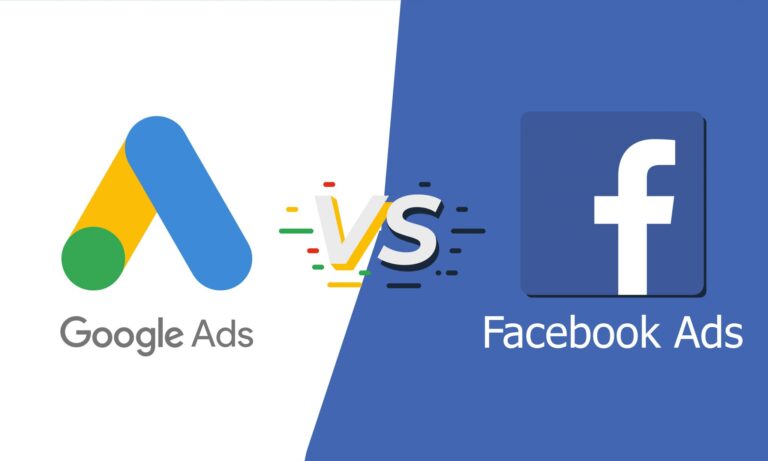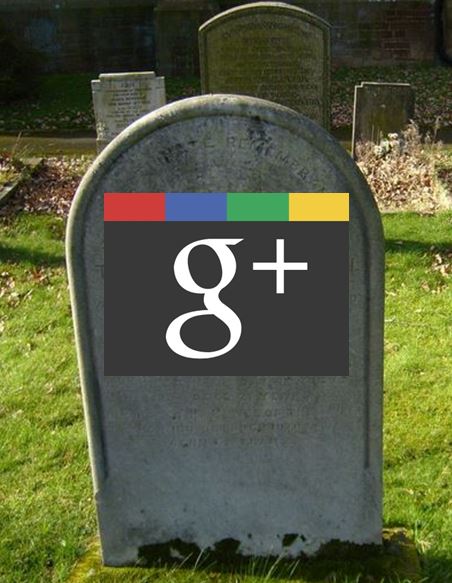Back on March 27th, I wrote an article about how consumer search demand has been impacted by the Coronavirus. It’s been 3 weeks since that article and A LOT has happened/changed since then, including, but not limited to…
- U.S. Coronavirus cases and deaths have surpassed every other country (at least from the statistics these countries are reporting)
- U.S. unemployment claims have surpassed 20 million
- The SBA has run out of money and is no longer accepting applicants (*as of Thursday, April 16, 2020)
What is Google Trends Showing?
Search volume has started to level off for many aesthetic terms. Three weeks ago, only CoolSculpting and Botox saw downward trends, but now most queries are dipping. The only outlier in the example searches below is “nose job” queries.
You can see that I’ve included key dates in each of the screenshots below:
- March 11th – WHO declares a worldwide pandemic
- March 13th – President Trump declares a national emergency
- March 27 – President Trump signs stimulus package into law
Admittedly, these are only a handful of search terms, but nationally, if we look from the start of March through April 15th, we can see a decrease in search volume for many terms.
Your practice can likely see this demand drop simply by comparing your organic search rankings to your Google Analytics data. If your rganic rankings saw no significant drop in the past 30 days, but your organic traffic dropped 35%, for example, then that’s very likely a DEMAND issue.
*Important Note: We’re also only looking at 90-day windows in Google Trends so there’s no perspective on how search volume fluctuations in the past 90 days compare to search volume fluctuations for the past 1-2 years (perhaps we’ll dive into that in a future article). Additionally, we’re infering that fluctuations in search volume, as indicated by Google Trends, are direct indicator of shifts in demand and that may not necessarily be true.
Still, there’s enough data to see that aesthetic search queries are trending down.


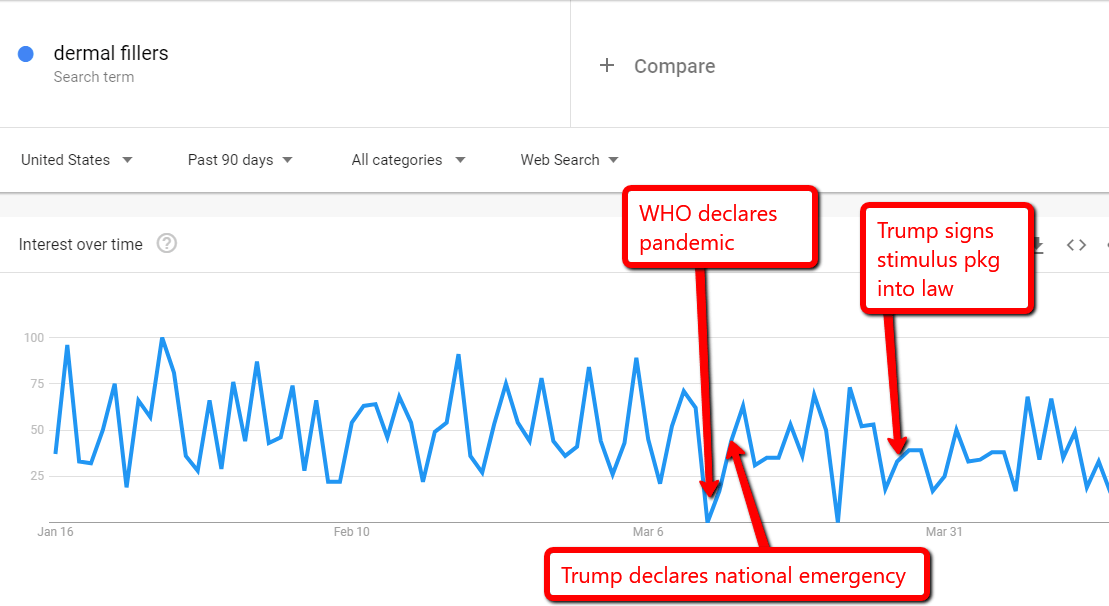
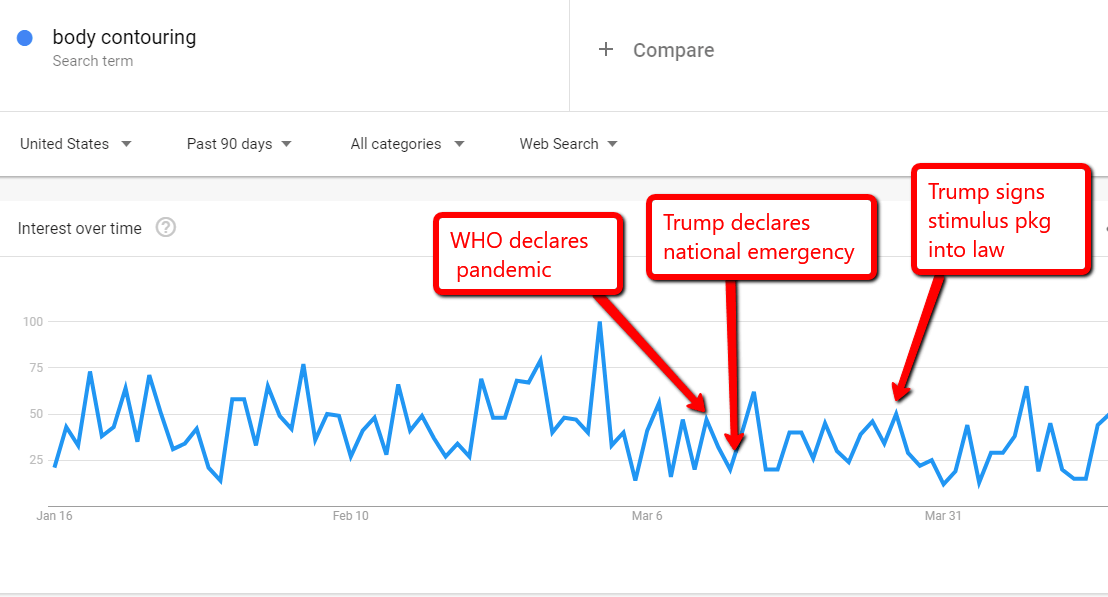
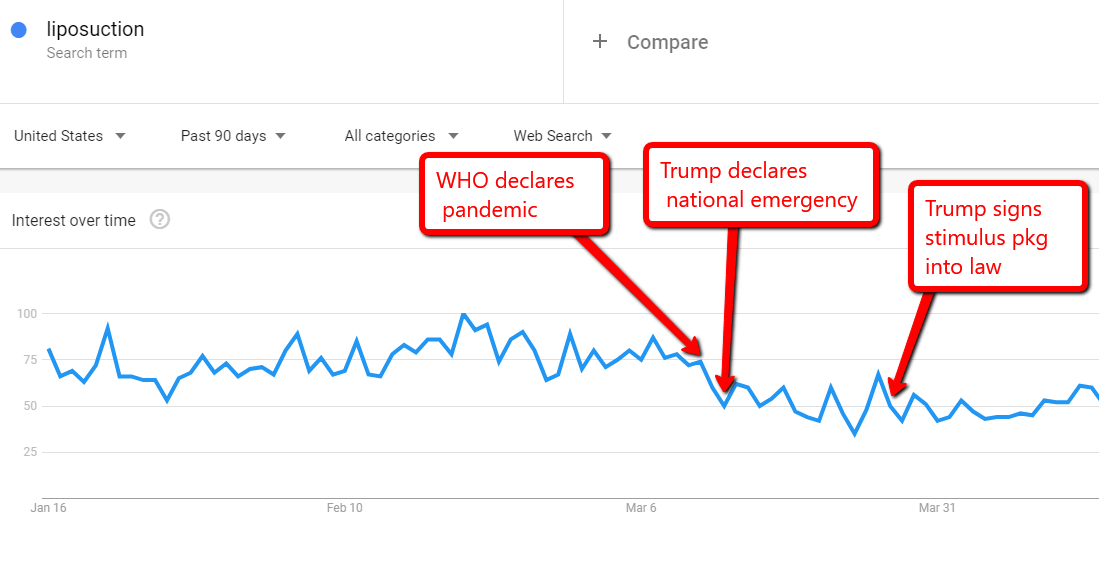
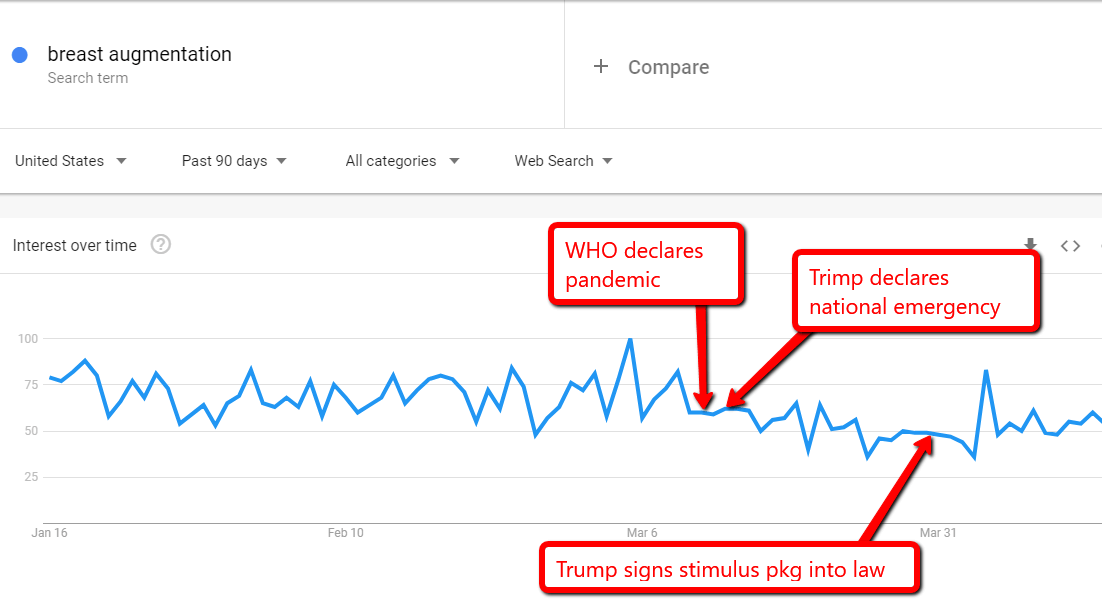
Does this mean there’s no demand for aesthetics?
Absolutely not. These screenshots above have limitations as they only show national data, and for most aesthetic practices, you only really care about local search. In some states and metros, demand is actually increasing.
For example, the Victoria, TX metro (in between Corpus Christi and Houston) is the number 1 metro for “Botox” in the past 90 days, based on that query as a percentage of total queries. According to Google: a score of 100 is the location with the most popularity as a fraction of total searches in that location, a value of 50 indicates a location which is half as popular. A value of 0 indicates a location where there was not enough data for this term.
It’s worth pointing out that this doesn’t necessarily mean there’s more demand in Victoria, TX for Botox. It just means the percentage of Botox search queries relative to total search queries has increased to the highest of any metro. In theory, you could have the same number of Botox searches but fewer searches overall. I find that hard to believe given the skyrocketing searches related to unemployment.
Therefore, this isn’t a fool-proof model for indicating demand, but any increase is an indicator of a strong likelihood of an increase in demand.
Now if you look at 2019 as a whole, the metros change. Now you have Miami, San Diego, and West Palm Beach in the top 3, which makes more sense as most think of these areas as hot spots for aesthetics.
Although Helena, MT at #4 doesn’t fit this narrative. They do, however, show up in the first screenshot as well so one can infer that the Coronavirus is not affecting Botox lovers in Montana!
The conclusion here is that Google Trends is only one measure of demand, but certainly not the “end all” when it comes to evaluating demand.
Is There Still an Opportunity with Google Ads?
Yes, but it depends on where you’re located. As we just established with Google Trends, that data can vary wildly depending on where you’re located.
Google Ads gives us better granular insights than Google Trends because we can see raw data with real campaigns.
Here’s what we are seeing with a few different Google Ads accounts:
1) Beverly Hills plastic surgeon: launched on April 1st (no ads run prior to this date) with a modest daily budget and we have…
-
- averaged $1.74 per click!
- With more shots on goal we’ve generated 7 leads at $74/lead
2) Las Vegas plastic surgeon: reviewing the past 30 days vs the same period in 2019 (same budget)
-
- a decrease in average cost per click by 38%, which has led to…
- a 40% increase in impressions and…
- a 22% drop in cost and…
- a 11% drop in cost per lead
3) Chicago plastic surgeon: reviewing the past 30 days vs the previous 30 days (same budget, no year-over-year data available)
-
- a decrease in average cost per click by 13%, which has led to…
- a 29% increase in clicks and…
- a 14% increase in conversions (leads) and…
- a 11% drop in cost per lead
*Improtant Note: These are only three examples and I have no additional insights regarding ROI. Obviously, if your practice is closed and you do not have a salesperson following up with leads – paid or organic – you’ve got a problem.
The point is that there are bargains with Google Ads right now and while some clients with huge ad budgets are seeing their total expense dropping and subsequently seeing fewer leads, most clients still have enough demand to max out their ad budget, they’re just doing so at a lower cost per click.
To expand this analysis to all of our clients, over the past 30 days:
-
- Compared to that same period in 2019, our clients have seen the average cost per click drop 51%
- Compared to the previous 30 days, our clients have seen the average cost per click drop 48%
This means more impressions, more clicks, and more opportunities for conversion!
Just because you’re closed doesn’t mean you should ignore demand. Maximize the exposure your practice has now to generate leads and set up future consultations. It’s not like you’re closed but all your competitors are open, and your prospective patients know that. They understand that they might not be able to come in tomorrow.
Here are some additional resources from TRBO to help your aesthetic practice navigate the Coronavirus chaos:
- What Aesthetic Practice Owners Should be Doing Right Now to Help Their Marketing
- Coronavirus Resource Guide for Aesthetic Practices
- 4 Ways Your Aesthetic Practice Can Survive the Coronavirus
- Which Virtual Consultation Software is Best
- 6 Ways to Be Prepared to Re-Open After the Coronavirus Shutdown
- 5 Ways Your Practice Can Generate Revenue While You’re Closed
TRBO Can Help Your Practice Prepare to Re-Open and Capture Market Share
If you would like help with setting up an online store or simply strategizing about your re-opening game plan then schedule a strategy session our growth expert Sonja Vaisz. You can also reach TRBO directly at 877-673-7096 x2.
